Meera Senthilingam
This week, *sniff, sniff* what's that smell? Let's ask Brian Clegg:
Brian Clegg
If we are to believe adverts for hair dye, ammonia is something that is best avoided. They often proclaim that a product is 'free from ammonia,' reflecting this simple compound's traditional use in permanent hair colouring to open up hair fibres and enable dyes to lock on to the hair's core. The trouble is that ammonia has an unpleasant, pungent odour that brings tears to the eyes, and has a tendency to burn the skin. It's not surprising that ammonia is being excluded from such uses where possible. But this is not a compound that can be ignored.
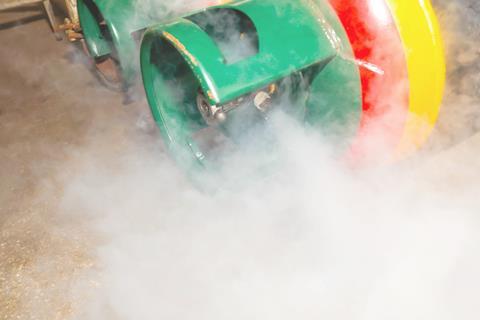
In its pure form, at room temperature, ammonia is a colourless gas. A nitrogen atom bonded to three hydrogens, it's much more likely to turn up in household use as ammonium hydroxide, a solution of ammonia in water that is confusingly often also given the name ammonia.
This is a substance named by back formation. The compound ammonium chloride was originally called sal ammoniac, a term that goes back a long way. Chaucer, for instance, in the Yeoman's tale from around 1386, lists the substances arsenik, sal armoniak and brimstoone. The name means 'salt of Ammon' because it was supposed to have been first made from camel dung, deposited near the temple of Jupiter Ammon in what is now Libya, named after the Egyptian deity Amun. (Incidentally it is still made from camel dung in Egypt.)

Ammonia (at least the aqueous solution) was originally known as spirit of Hartshorn, as it was first made by distilling natural nitrogen-bearing matter such as hoofs and horns taken from deer and other animals, it was also called volatile alkali or animal alkali, to distinguish it from vegetable or mineral alkali. As the old names suggest, ammonia is a base. But its modern name was devised in 1782 by the Swedish chemist Torbern Bergman, to recognise it as the gas that was derived from sal ammoniac.
Joseph Priestley had isolated ammonia as a gas eight years earlier, with his usual lack of imagination called it 'alkaline air' and its composition was pinned down by Claude Berthollet in 1785. When a compound has a name long before anyone knew what it was, it suggests that it either made itself obvious or useful. In the case of ammonia, both applied.
The pungent, nose-wrinkling odour of ammonia is something familiar to anyone who works with animal urine, giving that distinctive smell to farmyards and animal houses at the zoo. Farmers had realised for a long time that this smell suggested that the material that gave it off would make a good fertiliser. By the nineteenth century, the German chemist Justus von Liebig had discovered that nitrogen was essential for plant growth, and this was why nitrogenous material like ammonia salts acted as fertiliser.
With insufficient dung to work with a growing demand for agriculture, large quantities of saltpetre - sodium nitrate - were mined to produce artificial fertiliser. So much saltpetre was being dug up that a shortage threatened. Yet nitrogen is hardly a substance in short supply. It makes up 78 per cent of the Earth's atmosphere by weight. There had to be some way to get that nitrogen out of the air and into the soil.
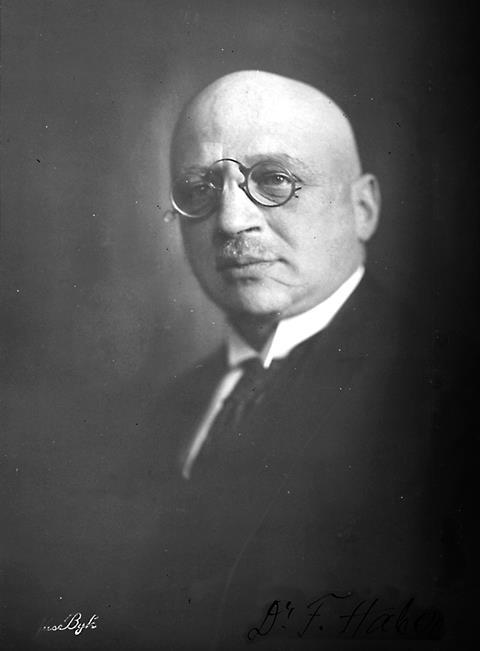
It was German chemist Fritz Haber who found a practical way to react atmospheric nitrogen with hydrogen produced from natural gas at high temperatures and pressures over an iron catalyst, a process that was then refined in 1913 by Carl Bosch for the BASF company, who took Haber's laboratory technique and industrialised it. Both Haber and Bosch would win the Nobel prize for their work. This was a wonderful discovery for the German government, as ammonia is used in the production of guncotton and other explosives, and they soon found themselves cut off from sources of nitrogen other than the air.
Even the plants that don't traditionally need fertiliser make use of ammonia. Clovers, peas and beans are now frequently used in farming to help get nitrogen into the soil because they 'fix' nitrogen from the air. What really happens is that colonies of bacteria that thrive on these plants' roots take in nitrogen and convert it to ammonia, which is then processed further by other bacteria to make the fertilising compounds.
Apart from the natural nitrogenous products still used in agriculture, a vast quantity of ammonia that is synthesised from the air feeds industry. It is still in huge demand for the production of fertiliser, consuming over 80 per cent of production, but is also used as a raw material in the production of synthetic fibres like nylon, explosives like TNT and nitroglycerine, nitric acid, vitamins and drugs. And it still finds its way into cleaning products in aqueous solution as household ammonia and - yes - into hair dye.
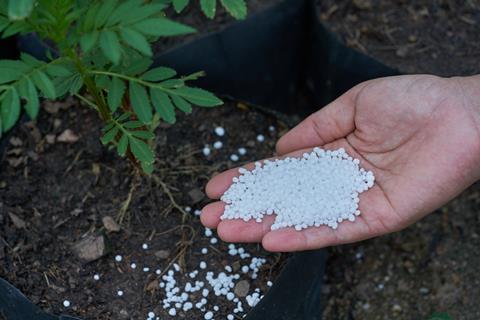
We might not like the smell of ammonia. Not only is the effect on the nostrils highly unpleasant, it is all too reminiscent of animal by-products. But this is a universally common compound. Literally so - ammonia was the first compound to be detected in interstellar space and is found on both planets like Jupiter and in distant galaxies. Without ammonia, industry would be decimated - and we would certainly have a much hungrier planet.
Meera Senthilingam
So despite being odorous, it's certainly a much needed compound. that was Brian Clegg, with the chemistry of ammonia. Now, next week, just where do we get all that energy from.
Hayley Birch
With so much to do, the turnover of ATP in biological systems is massive. To give an idea of how high the turnover is in the human body, consider that at any one time a person might be carrying around only 250g of the stuff. But it is so rapidly recycled that during strenuous exercise that entire stock could be put to use twice over within a minute. Even on a lazy day, doing nothing much but sitting around, a person might turn over 40kg worth of ATP. Of course, they haven't got 40kg, meaning they're turning over their entire stock of the molecule around 160 times a day, just doing nothing.
Meera Senthilingam
And to find out just how the compound ATP gives us the energy we need for our busy lifestyles, join Hayley Birch in next week's Chemistry in its element. Until then, thank you for listening. I'm Meera Senthilingam.








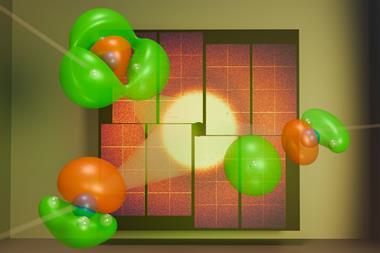

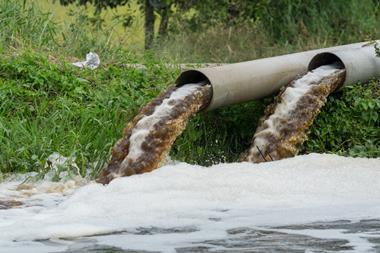
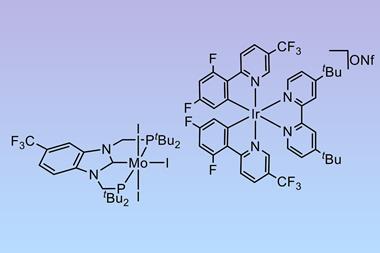

No comments yet